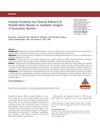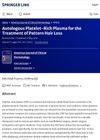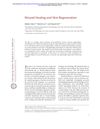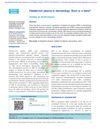Platelet-Rich Plasma as a Site-Targeted Approach in Wound Healing: A Molecular Perspective
December 2018
in “
Discoveries
”
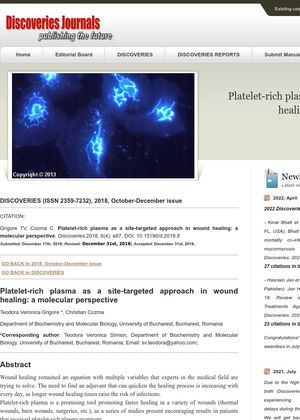
TLDR Platelet-rich plasma may improve wound healing by stimulating cell growth and blood vessel formation.
Five years ago, the document "Platelet-rich plasma as a site-targeted approach in wound healing: a molecular perspective" discussed the potential of Platelet-rich plasma (PRP) in wound healing. PRP, a concentration of platelets in plasma, was found to promote wound healing due to its rich growth factors that stimulate cell proliferation, differentiation, and angiogenesis. PRP could be applied directly to the wound site, enhancing its effectiveness. The document also mentioned that individual factors like age, sex, and health condition can affect the platelet count and thus the concentration of growth factors. PRP has been used in dermatocosmetology for skin rejuvenation and has shown potential in wound healing. It has also been found to increase the number of hair follicles and small blood vessels around hair follicles, thus increasing hair density. It has been suggested as a safe tool for treating androgenetic alopecia. However, the document emphasized the need for larger studies with clinical trials to clearly establish PRP's beneficial effects and the exact mechanisms involved in wound healing.
